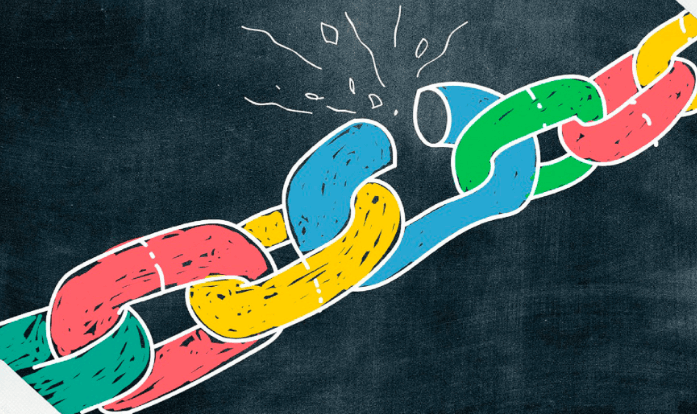No products in the cart.
The 1MZ Boost Weak Links That Could Be Holding You Back
If you’re pushing your 1MZ engine to its limits, whether through a turbocharger, supercharger, or other performance mods, you might be running into issues that are limiting your car’s true potential. These performance enhancements can certainly give your ride a significant power boost, but there are key factors to consider before you can unlock the full performance potential. In particular, the 1MZ Boost weak links could be preventing you from achieving the results you’re looking for.
As you increase your engine’s output, it becomes critical to identify and address these weak points to avoid damage or inefficiency. In this article, we’ll explore the most common 1MZ Boost weak links and how they can be fixed or upgraded to maximize the performance of your engine.
What Are the 1MZ Boost Weak Links?
The 1MZ-FE engine, originally designed by Toyota, is a popular choice for many enthusiasts looking to build a high-performance machine. Whether you’re looking to install a turbocharger or supercharger to increase the boost, understanding the 1MZ Boost weak links will help you avoid potential setbacks. These weak points can include everything from the fuel system to the internals of the engine itself.
1. Fuel System Limitations
The fuel system on the 1MZ engine is designed to handle factory power levels. However, once you start boosting the engine, the stock injectors and fuel pump might not be able to deliver enough fuel for the increased demand. Insufficient fueling can cause a lean condition, leading to engine knock, excessive heat, or even catastrophic failure.
Solution: Upgrading to larger injectors and a high-flow fuel pump is one of the first things you should do when pushing the 1MZ engine beyond stock power levels. These upgrades ensure that the engine receives the proper fuel under boost, improving reliability and performance.
2. Weak Pistons and Connecting Rods
Another common weak link in the 1MZ engine when boosted is the stock pistons and connecting rods. The cast pistons and factory rods are not designed to handle the extreme pressures that forced induction can create, especially if you’re running high boost levels or tuning aggressively.
Solution: Consider upgrading to forged pistons and connecting rods. Forged components are stronger and can handle much higher levels of power and boost, reducing the risk of catastrophic engine failure under heavy load.
3. Stock Exhaust Manifold
The factory exhaust manifold on the 1MZ engine can become a bottleneck at higher power levels, especially when turbocharging. The stock manifold is designed for efficiency and emissions control, not high-flow exhaust gases needed for forced induction.
Solution: A performance turbo manifold or custom headers can significantly improve exhaust flow, reduce turbo lag, and enhance overall power delivery. This is an essential upgrade for anyone serious about maximizing the performance of their boosted 1MZ engine.
4. Weak Valve Springs and Retainers
As boost levels increase, so does the pressure on your engine’s valve train. The factory valve springs and retainers may not be able to handle the increased pressure, which can result in valve float, loss of compression, or even catastrophic engine damage.
Solution: Upgrading to stronger valve springs and titanium retainers will ensure that the engine’s valvetrain remains stable under boost. This upgrade is essential if you’re pushing the limits of your 1MZ engine.
5. Cooling System Overload
Boosting an engine creates a lot of additional heat, and the 1MZ’s stock cooling system may struggle to keep up with the increased demands. An inefficient cooling system can lead to overheating, knocking, and premature engine wear.
Solution: Upgrading the radiator, adding an oil cooler, and installing a larger intercooler (if applicable) can go a long way in keeping your engine at optimal temperatures. Ensuring that your 1MZ engine stays cool under boost is crucial for maintaining reliability.
Why MWT Media Recommends Addressing These Weak Links
MWT Media, known for its in-depth analysis and coverage of performance tuning, often highlights these 1MZ Boost weak links in their articles and videos. According to MWT Media, ignoring these weak points can result in serious performance losses or, worse, engine failure. Their experts recommend that owners of boosted 1MZ engines thoroughly research each of these potential weak links and address them proactively.
With the right modifications and attention to detail, you can safely boost your 1MZ engine without the fear of running into issues down the road. MWT Media also provides invaluable insights into the best aftermarket parts and solutions for the 1MZ platform, ensuring that enthusiasts can make informed decisions when upgrading their engine for higher performance.
Conclusion
If you’re serious about making the most out of your 1MZ boosted engine, it’s essential to address the weak links in the system. From fueling to internals and cooling, each of these weak points can limit your car’s performance and reliability. Upgrading critical components like the fuel system, exhaust manifold, and valvetrain, and ensuring your cooling system is up to the task, will help your engine perform optimally under boost.
By taking the advice from industry experts like those at MWT Media, you can avoid common pitfalls and unlock the true potential of your boosted 1MZ engine. Whether you’re looking to break horsepower records or simply enjoy a more reliable, faster ride, addressing the 1MZ Boost weak links will give you the foundation you need to succeed.


